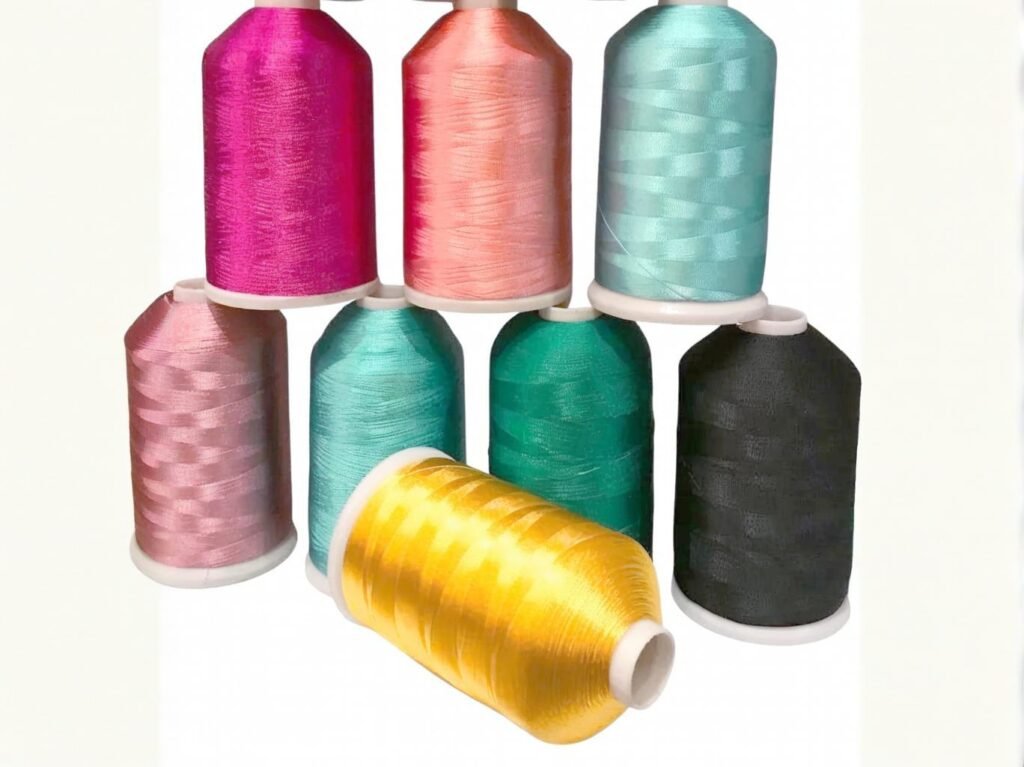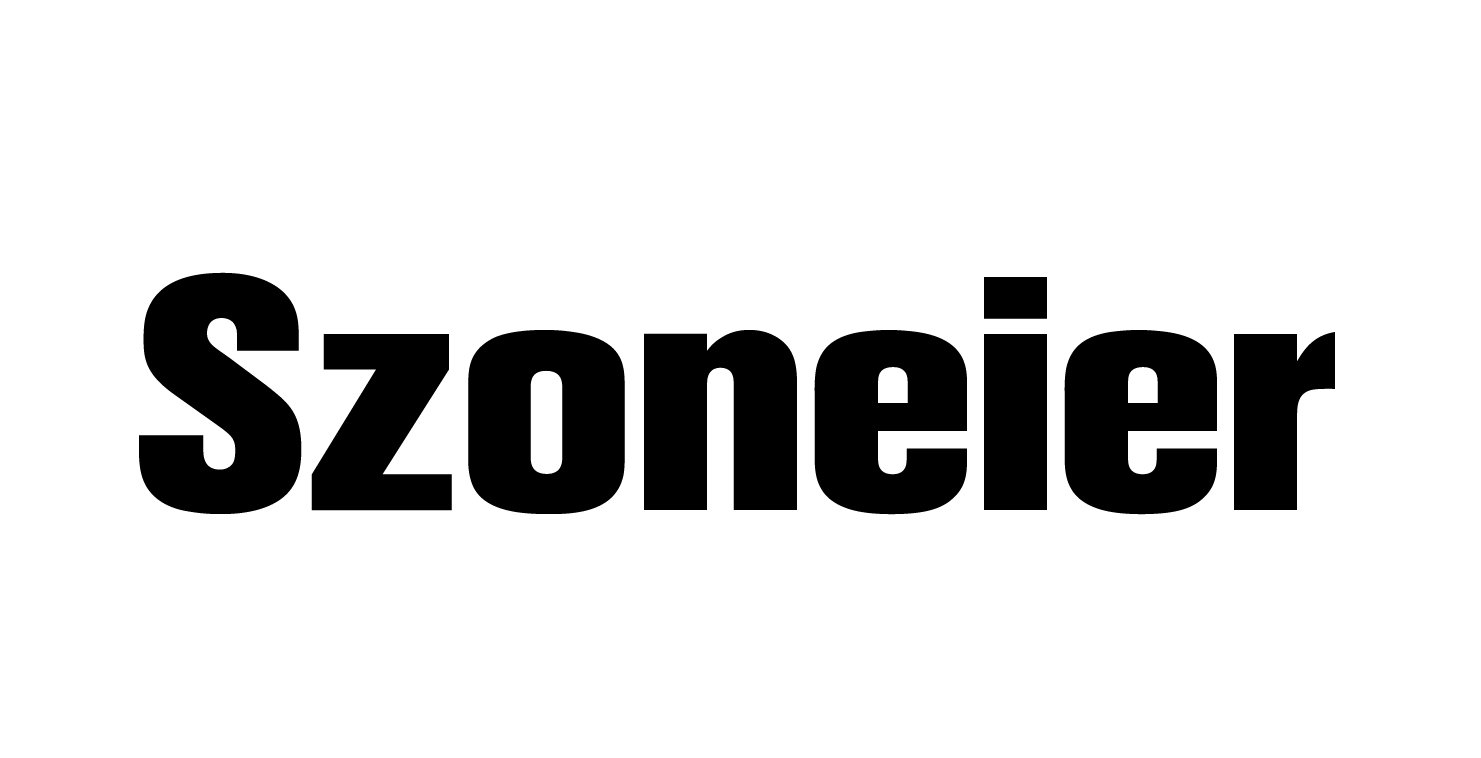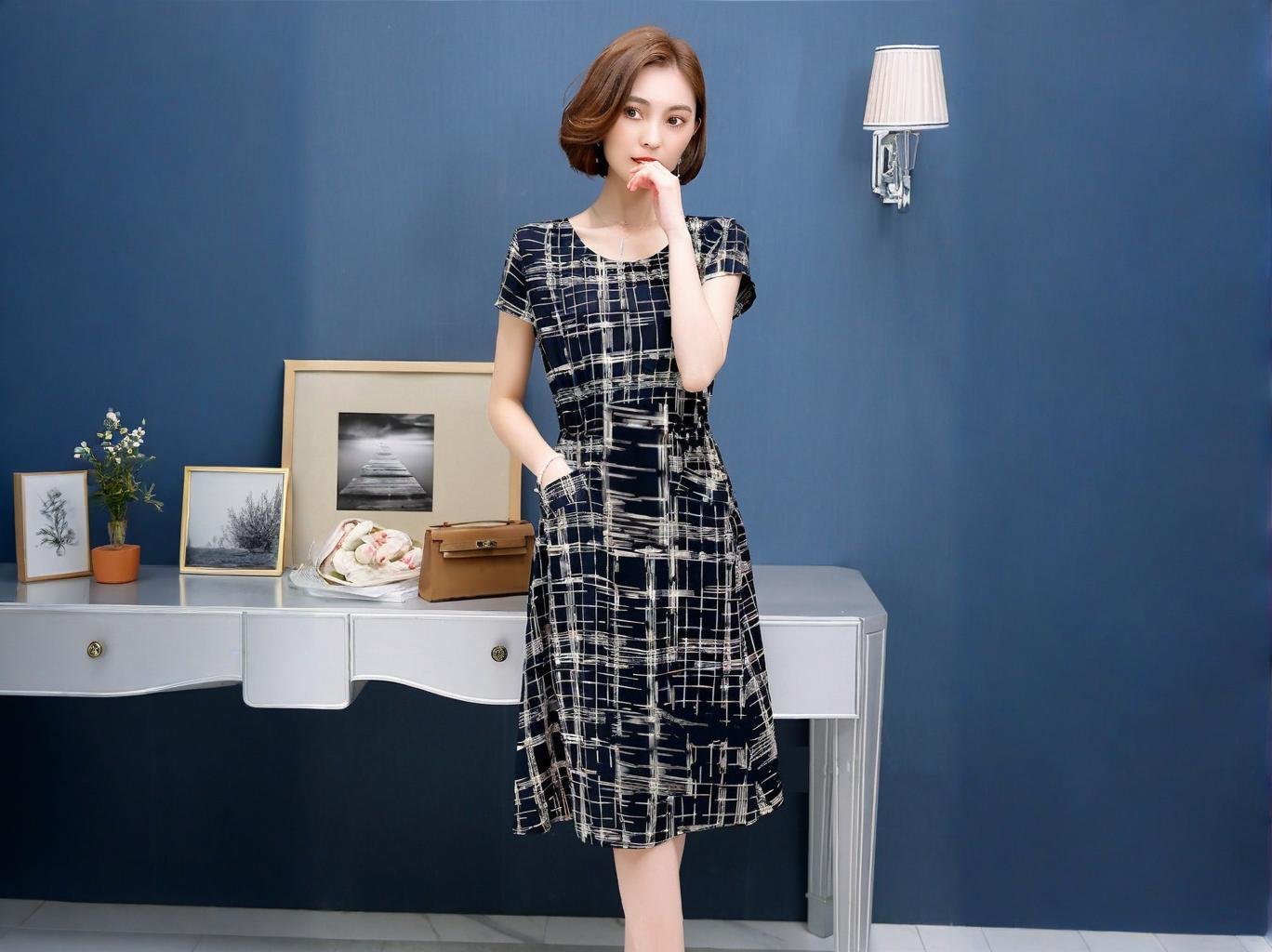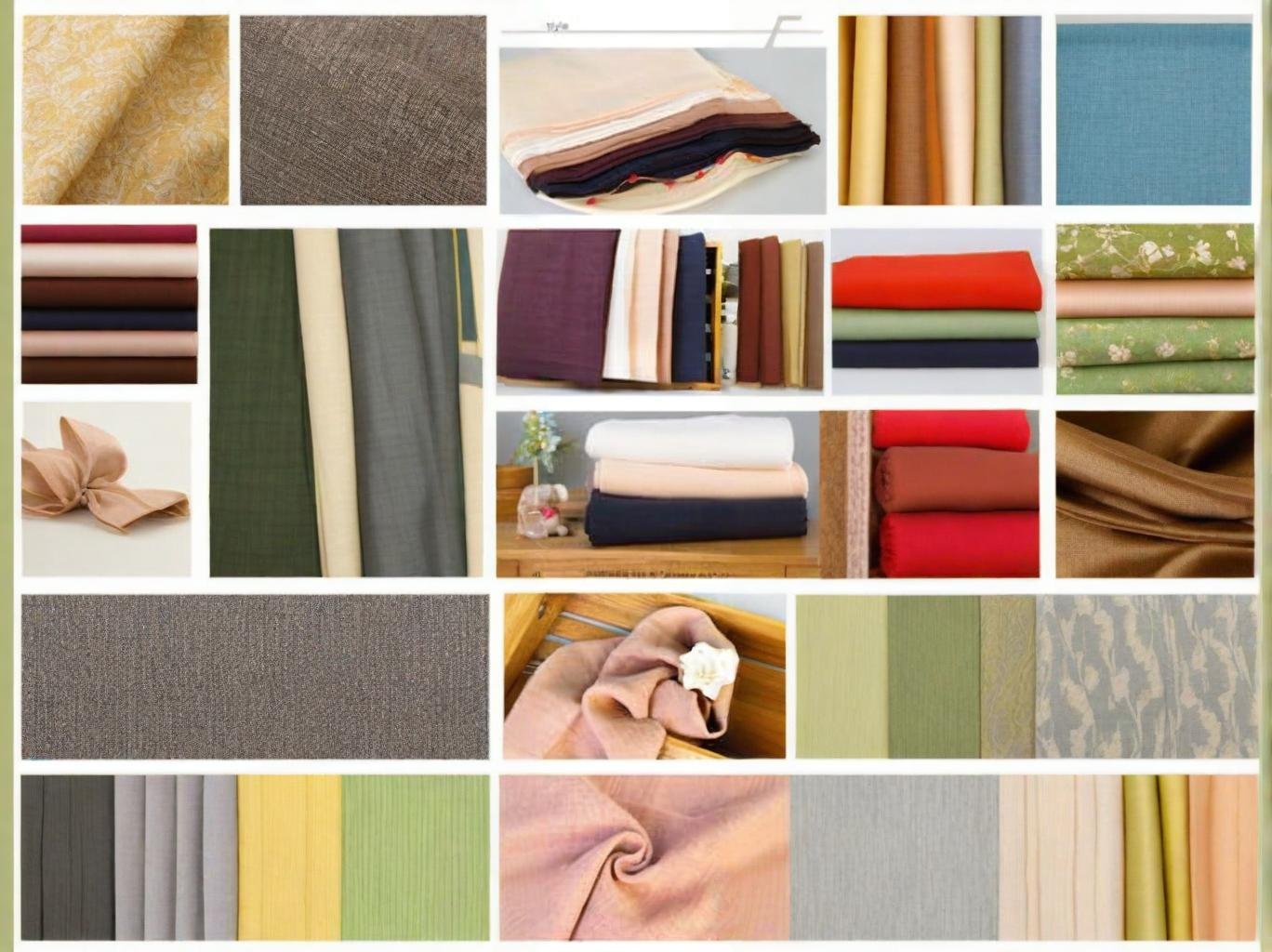What Is Rayon and How Does It Compare to Other Cellulose Fibers?

In today’s material-driven fashion and textile industries, sourcing the right fabric can define product quality, sustainability goals, and brand competitiveness. Among the many options, rayon has earned a distinctive position—being both a natural-origin material and a chemically processed fiber. But how does rayon hold up when placed side by side with other cellulose-based fibers like viscose, modal, lyocell, or cupro?
Rayon is a semi-synthetic fiber derived from regenerated cellulose that offers a versatile feel and appearance similar to cotton or silk but at a more accessible cost. It stands apart from other cellulose fabrics through differences in molecular structure, production methods, environmental impact, and market behavior. This article compares rayon against its closest competitors, diving into sourcing practices, technical benchmarks, and global preferences to help fashion and manufacturing teams make smarter material decisions.
To truly understand the performance and value of rayon, we’ll also examine data, case studies, and firsthand sourcing experiences from mills and buyers in the US, Europe, and Asia. One sourcing team from Italy recently reported a 16% cost optimization by switching from modal to high-grade rayon yarns for their 2025 spring line—just one example of rayon’s flexible role in modern fashion.
So, what makes rayon worth your attention in 2025? Let’s unravel the science and sourcing behind it.
What is rayon and how is it derived from natural cellulose sources?
Rayon is a regenerated cellulose fiber—meaning it starts from natural plant material (usually wood pulp from beech, pine, bamboo, or eucalyptus), which is then dissolved in a chemical process to form a viscous solution that can be spun into yarn. Unlike fully synthetic fibers (like polyester or nylon), rayon is not petroleum-based, but it does require industrial processing involving chemicals such as sodium hydroxide and carbon disulfide.
What differentiates rayon is the way it bridges two worlds: it mimics the drape and breathability of natural fibers like cotton or silk but offers more consistency and customization in texture, weight, and dye performance.
Key Points of Analysis
- Raw Material Origin Table
| Fiber Type | Source | Is it Plant-Based? | Primary Region |
|---|---|---|---|
| Rayon | Wood pulp (beech, pine, bamboo) | Yes | China, India, Indonesia |
| Modal | Beechwood | Yes | Europe (Austria, Germany) |
| Lyocell | Eucalyptus, bamboo | Yes | USA, Austria, China |
| Cupro | Cotton linter (cotton waste) | Yes | Japan, China |
- Chemical Processes:
- Rayon: Viscose process (alkali cellulose > xanthate > viscose solution)
- Lyocell: Closed-loop solvent spinning (NMMO solution)
- Cupro: Copper-ammonium solution
- Critique: While rayon scores high on cost and drape, it often falls short in terms of ecological impact compared to lyocell, which uses a more sustainable closed-loop system. Environmental scrutiny is pushing suppliers to adopt cleaner viscose processes.
How does rayon differ from viscose, modal, lyocell, and cupro?
Rayon is often used interchangeably with viscose, but technically, viscose is a type of rayon. Modal, lyocell, and cupro are also rayons, but they vary by production technique, fiber strength, and moisture handling. Modal is often more durable and holds dye better. Lyocell (like TENCEL™) is known for its sustainability and softness. Cupro is luxurious, silky, and often used in linings or fashionwear.
Here’s where it gets more nuanced. Each fiber has a slightly different application sweet spot. Rayon (especially standard viscose) works best for flowy dresses and blouses. Modal suits activewear and undergarments. Lyocell is perfect for eco-conscious denim or shirts. Cupro adds a refined silk-like touch to luxury apparel.
Technical Comparison Table
| Property | Rayon (Viscose) | Modal | Lyocell | Cupro |
|---|---|---|---|---|
| Moisture Absorption | High | High | Very High | Moderate |
| Drape | Excellent | Good | Excellent | Silky |
| Strength (wet) | Low | High | High | Moderate |
| Sustainability | Medium | Medium | High | Low |
| Dye Affinity | Excellent | Excellent | Good | Good |
| Cost | Low | Medium | Higher | High |
- Case Insight: A New York–based apparel startup opted for modal instead of rayon after test washes showed less shrinkage in repeated machine cycles. Conversely, a Korean fashion label prioritized rayon for its more affordable price and ease of sourcing in bulk.
- Analysis Angle: While lyocell shines in sustainability metrics, it may not be cost-effective for fast fashion. Meanwhile, cupro remains niche, usually restricted to brands targeting premium collections.
What are the key performance characteristics of rayon compared to other cellulose fabrics?
Rayon is praised for its softness, breathability, and silk-like drape, but it also has limitations in durability and environmental resilience. When compared to modal, lyocell, or cupro, each fabric demonstrates distinct performance strengths that affect how they are selected for specific end uses.
Rayon has a high moisture regain rate, which makes it cool and comfortable in hot climates. However, it tends to lose strength when wet, which can lead to shrinkage or fabric distortion if not handled properly. Modal, on the other hand, retains more strength and shape in wet conditions, while lyocell is particularly strong and durable even under high-stress wash-and-wear cycles.
Performance Benchmark Table
| Property | Rayon | Modal | Lyocell | Cupro |
|---|---|---|---|---|
| Wet Strength | Low | High | High | Medium |
| Shrink Resistance | Moderate | High | Very High | Moderate |
| Pilling Resistance | Medium | Very High | High | Low |
| Wrinkle Resistance | Low | Medium | High | High |
| Hand Feel | Silky | Smooth | Peachy soft | Luxuriously smooth |
| UV Resistance | Low | Medium | High | Low |
| Thermal Insulation | Poor | Moderate | Moderate | Low |
Material Insight:
- Rayon excels in drape and dyeing but underperforms in wet strength.
- Modal is the performance champion for base layers and intimate wear due to excellent stretch and shape retention.
- Lyocell offers technical advantages in eco-focused performance wear and blends well with synthetics for extra resilience.
- Cupro delivers luxury—but at the expense of broader usability due to its delicate care requirements.
A Swedish apparel company running sustainable yoga wear lines chose lyocell over rayon for its antibacterial properties and durability in performance washing conditions. Conversely, a mass-market dress brand in the Philippines favored rayon for its affordability and print clarity.
Which applications are best suited for rayon versus lyocell or modal?
Choosing between rayon, lyocell, or modal often comes down to the final product application. Each fiber aligns with particular garment categories, environmental goals, and consumer touchpoints.
Rayon is often used in flowy dresses, linings, scarves, and summer blouses due to its soft drape and vibrant dye absorption. Modal finds its strength in undergarments, loungewear, and pajamas because of its exceptional softness and stretch. Lyocell is ideal for denim, workwear, shirting, and eco-conscious collections thanks to its durability and sustainability.
Fabric-to-Use Case Matrix
| Application | Rayon | Modal | Lyocell |
|---|---|---|---|
| Summer Dresses | ★★★★★ | ★★★☆☆ | ★★★★☆ |
| Loungewear | ★★★★☆ | ★★★★★ | ★★★★☆ |
| Underwear & Bras | ★★☆☆☆ | ★★★★★ | ★★★★☆ |
| Denim/Workwear | ★☆☆☆☆ | ★★☆☆☆ | ★★★★★ |
| T-Shirts & Casual Tops | ★★★★☆ | ★★★★☆ | ★★★★★ |
| Luxury Linings | ★★★★★ (esp. cupro) | ★★★☆☆ | ★★★★☆ |
| Eco-Conscious Fashion | ★★☆☆☆ | ★★★★☆ | ★★★★★ |
Design Note: Rayon offers maximum fluidity and color saturation, perfect for digital and rotary printing, while lyocell offers a slightly matte surface with excellent texture depth.
Perspective Shift: Designers should evaluate the “use-life vs. price” ratio. For high-turnover collections, rayon offers design flexibility. For long-wear fashion, modal or lyocell may be the better investment—even at a higher material cost.
Production Insight: In terms of needle performance and dye processes, rayon is more forgiving on automated looms and printers, making it cost-effective for large runs. Lyocell requires slightly more care to avoid fibrillation.
How does sustainability vary among rayon, modal, lyocell, and cupro?
Not all cellulose fibers are equally sustainable. While rayon, modal, lyocell, and cupro are all plant-derived, the difference lies in the production methods, chemical usage, water consumption, and waste management systems used during processing.
Rayon (especially traditional viscose) is the least eco-friendly among the group due to outdated production techniques involving harsh chemicals like carbon disulfide and high levels of water and energy consumption. Modal offers improved sustainability as it’s often sourced from sustainably managed beech tree forests, and the recovery rate of chemicals is higher. Lyocell, especially TENCEL™ branded lyocell from Lenzing, stands out as the most eco-friendly choice thanks to a closed-loop production process that recycles 99.5% of solvents. Cupro, made from cotton linter waste, can be sustainable—but only when produced under regulated systems, like those in Japan.
Environmental Impact Comparison Table
| Fiber Type | Source Material | Chemical Processing | Water Usage | Energy Usage | Biodegradable | Closed-Loop System | Certified Options Available |
|---|---|---|---|---|---|---|---|
| Rayon | Wood pulp (varied) | High (toxic) | High | High | Yes | No | Few |
| Modal | Beech wood | Moderate | Moderate | Moderate | Yes | Partial | Yes (e.g., Lenzing Modal) |
| Lyocell | Eucalyptus, bamboo, etc. | Low (non-toxic) | Low | Low | Yes | Yes | Yes (TENCEL™) |
| Cupro | Cotton linters (waste) | Moderate | Moderate | Moderate | Yes | Partial | Yes (Japanese cupro mills) |
Material Certifications to Watch For:
- FSC or PEFC: For sustainably managed forest sourcing.
- OEKO-TEX® STANDARD 100: For human ecological safety.
- EU Ecolabel: For overall environmental footprint.
- GOTS (Global Organic Textile Standard): While not typically used with rayon, blends may be GOTS certified.
Case Insight: In 2024, a U.S.-based eco-fashion startup chose to switch their entire women’s blouse line from traditional rayon to lyocell, resulting in a 30% drop in water consumption per piece and higher brand loyalty among Gen Z consumers. Sustainability messaging now ranks as a top sales driver on their website.
Critical View: Not all “rayon” is unsustainable—but buyers must demand mill-level transparency. Some viscose producers are transitioning to more sustainable wood sources and closed-loop technologies. However, unless verified by credible third-party audits, greenwashing is a real risk.
What are the main cost factors in sourcing rayon and its alternatives?
Rayon and its cellulose alternatives each have different cost structures that are influenced by raw material availability, energy usage, environmental compliance costs, labor, and shipping. For sourcing managers, understanding these variables is essential for margin protection and long-term supplier strategy.
Rayon is generally the most affordable of the four due to low-cost raw materials and older (though less eco-friendly) manufacturing technologies. Modal and lyocell command a premium due to more controlled forest sourcing, higher yields, and stricter environmental compliance. Cupro tends to be the most expensive due to niche availability and limited production centers.
Cost Breakdown Table (per kg of fabric in USD)
| Cost Factor | Rayon (Viscose) | Modal | Lyocell | Cupro |
|---|---|---|---|---|
| Raw Material | $0.40–$0.60 | $0.60–$0.80 | $0.70–$1.00 | $1.20–$1.50 |
| Chemical Processing | $0.35–$0.50 | $0.40 | $0.45 | $0.60 |
| Labor & Energy | $0.30–$0.40 | $0.40 | $0.45 | $0.60 |
| Environmental Fees | $0.05 | $0.10 | $0.15 | $0.20 |
| Logistics (FOB) | $0.20–$0.35 | $0.25 | $0.30 | $0.35 |
| Estimated Total | $1.30–$1.90 | $1.75–$2.10 | $2.00–$2.40 | $2.75–$3.25 |
Sourcing Tip: Working directly with mills or vertically integrated factories like SzoneierFabrics can streamline communication and help buyers secure more stable pricing by aligning MOQ, delivery cycles, and custom development timelines.
Global Cost Trends:
- Asia: Rayon production remains cheapest in India and China.
- Europe: Modal and lyocell are higher-priced due to labor and compliance, but offer stronger quality consistency.
- Japan: Cupro pricing is relatively stable but limited by factory output.
Strategic Advice: Buyers can consider blending rayon with recycled polyester or cotton to reduce costs while maintaining some sustainable appeal. Forecasting ahead for MOQ negotiations, especially post-COVID volatility, is also critical to avoid last-minute price surges.
Are there regional sourcing advantages for rayon vs other cellulose fibers?
Yes, sourcing rayon and other cellulose-based fibers can vary greatly by region due to differences in raw material availability, infrastructure maturity, government environmental policies, and logistics efficiency. Choosing the right region for sourcing can make a big difference in both cost and lead time.
Asia (particularly China, India, Indonesia):
- Strengths: Mass production capacity, competitive pricing, shorter lead times for bulk orders, large variety of specifications, and well-developed textile clusters.
- Challenges: Environmental regulation compliance can vary by province; sourcing transparency may be inconsistent.
- Use Case: SzoneierFabrics, located in China, offers fully custom rayon production with low MOQ and fast sampling—ideal for fashion brands needing rapid product development cycles.
Europe (especially Austria, Germany, Turkey):
- Strengths: Advanced technologies (like Lenzing’s lyocell), strong environmental controls, EU-certified sustainable forestry programs.
- Challenges: Higher labor costs, longer lead times, smaller production capacity for bulk buyers.
- Use Case: High-end fashion houses often source branded modal and lyocell from Austria due to guaranteed sustainability and traceability.
Japan:
- Strengths: Specializes in premium cupro and unique blending techniques, exceptional quality standards.
- Challenges: Very limited mill availability, long negotiation cycles, niche volumes.
- Use Case: Cupro fabrics used in luxury linings or minimalist fashion labels with niche production runs.
Regional Comparison Table
| Region | Fiber Strengths | Lead Time | MOQ Flexibility | Compliance Level | Example Use Case |
|---|---|---|---|---|---|
| China | Rayon, Modal, Lyocell | 2–4 weeks | High | Medium to High | Mid-to-high volume fashion collections |
| India | Rayon (Viscose), Modal | 3–5 weeks | Medium | Medium | Ethnicwear & large-scale basics |
| Austria | Modal, Lyocell (TENCEL™) | 4–6 weeks | Low | Very High | Premium loungewear, eco-certified brands |
| Japan | Cupro | 5–8 weeks | Low | High | High-end linings and tailored garments |
| Turkey | Modal, Lyocell blends | 3–4 weeks | Medium | High | European retailers seeking fast delivery |
Working with sourcing partners who have hybrid regional capabilities—such as combining Chinese sampling speed with Austrian-origin modal yarns—can give fashion companies a competitive edge without compromising sustainability.
How can manufacturers ensure quality and performance with rayon fabrics?
Ensuring the consistent quality and performance of rayon fabric requires robust quality control systems, material certifications, and a clear understanding of end-use performance requirements. Rayon can vary widely in durability, shrinkage, drape, and colorfastness depending on the grade and finishing methods used.
Key Quality Control Points:
- Fiber Source Verification: Ensure raw pulp is FSC-certified or sustainably sourced.
- Yarn Evenness Testing: Assess for uniformity in denier and strength.
- Fabric Performance Testing: Evaluate shrinkage, pilling resistance, tensile strength, and colorfastness.
- Finish Consistency: Inspect softness, luster, and drape performance post-dyeing.
Fabric Quality Assurance Checklist
| Parameter | Standard/Method Used | Recommended Range |
|---|---|---|
| Shrinkage (Wash Test) | ISO 6330 / AATCC 135 | ≤3% |
| Colorfastness (Wash) | AATCC 61 | ≥Grade 4 |
| Colorfastness (Light) | ISO 105-B02 | ≥Grade 4 |
| Pilling Resistance | ASTM D4970 | ≥Grade 3–4 |
| Tear Strength | ASTM D1424 | As per weight class |
| Fabric Weight Consistency | Internal Lab Control (±5% margin) | 95% batch-level consistency |
Case Example: A European home textile importer working with SzoneierFabrics introduced a multi-stage in-house inspection process at the sampling and bulk production levels. The rejection rate dropped from 6% to under 1.2% in 6 months, leading to improved on-shelf consistency and fewer returns from retailers.
Best Practice Recommendations:
- Build pre-shipment inspection protocols into every PO.
- Ask for SGS, Intertek, or BV third-party testing on initial bulk orders.
- Use barcode-based roll tracking to manage dye lot and performance traceability.
Quality in rayon is not just about softness—it’s about how that softness survives shipping, sewing, washing, and daily wear. Choose manufacturing partners who value quality at every step, not just price per yard.
Partnering with Rayon Experts Like SzoneierFabrics
Understanding rayon—and how it stacks up against modal, lyocell, and cupro—is essential for global fashion buyers, sourcing specialists, and design teams navigating today’s complex material market. Whether you’re sourcing for sustainability, softness, drape, or durability, having the right partner makes a difference.
SzoneierFabrics specializes in custom rayon production with flexible MOQ, fast sampling, full design support, and traceable sourcing. We help you strike the perfect balance between performance, price, and planet.
Ready to source high-quality rayon fabrics for your next collection? Contact SzoneierFabrics today to request samples or discuss your custom fabric project.
Can't find the answers?
No worries, please contact us and we will answer all the questions you have during the whole process of bag customization.
Make A Sample First?
If you have your own artwork, logo design files, or just an idea,please provide details about your project requirements, including preferred fabric, color, and customization options,we’re excited to assist you in bringing your bespoke bag designs to life through our sample production process.



